When music is stored digitally on a CD, computer, or phone, blocks of data are used to describe the physical waveform of the music. These blocks of data must use a sufficiently high frequency to accurately describe the physical waveform. When a higher frequency, or bitrate, is used, the blocks of data more closely represent the physical waveform.
“The higher the bitrate, the better the sound.”
There are three main formats for storing this data as shown below, in order of decreasing file size and sound quality.
- Exact bit for bit copy
- Contains exact digital data, completely unaltered
- example: WAV file
- Lossless compression
- Reduces file size by about half, maintains most musical accuracy
- example: FLAC, ALAC file
- Lossy compression
- Further reduces file size, detracts from fidelity of music data
- example: MP3, AAC file
Once the digital signal is accessed, it must be transferred to a device to be converted. This signal transfer can be a source for distortion and loss of quality. Digital signal is transmitted as a square wave representing 1’s and 0’s and must be as close to a perfect square wave as possible for best sound quality.
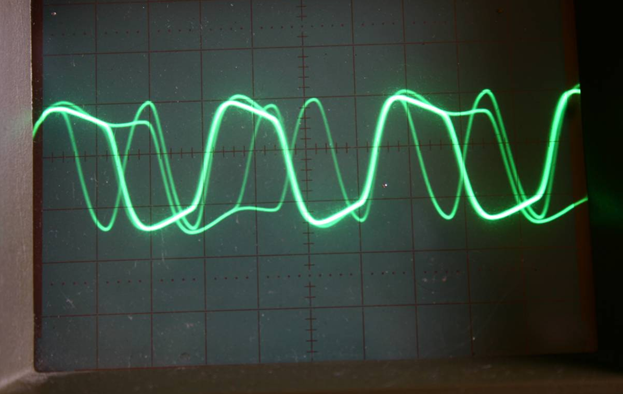
Here is an example of a digital output from a low quality CD player. The output signal is distorted and misshapen. The peaks and troughs should be perfectly square. This can have a negative effect on the sound quality. This type of degradation can result from a CD player with a noisy power supply, low quality drive and laser, and low quality circuit design and components.
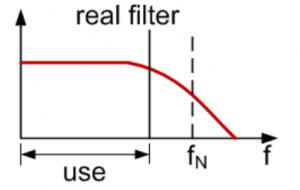
This is a real filter. There is a ‘useful’ frequency range before the signal drops off. The cut off frequency is determined at roughly 70% of the magnitude of the original signal. It would relate best to the picture prior to this one. This represents what is happening when a digital circuit affects the shape of a digital waveform.
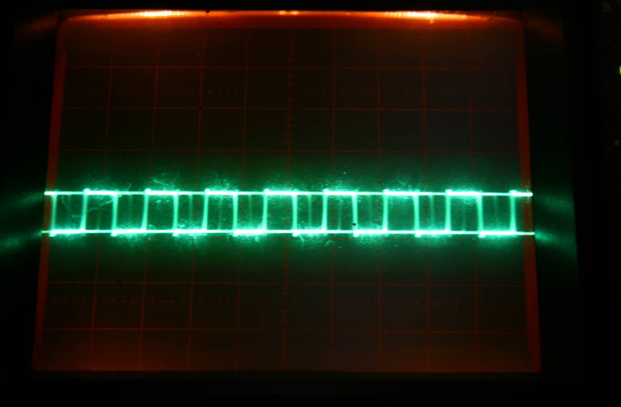
This is the ideal digital signal from a CD player. The waves are square and uniform. This is how the digital signal should be for the best sound quality. The 1’s and 0’s can be read precisely and at exactly the right time intervals allowing for best sound quality.

This is an ideal filter. At the cut off frequency the signal amplitude goes to zero. It would relate best to a true square wave in the picture prior to this one.
In order to be heard, digital music data must be converted into an analog signal, as a digital signal cannot be used to power a speaker and replicate music. The conversion process is achieved by a component called a Digital to Analog Converter (DAC). A DAC can be integrated within a media player, such as a smartphone or CD player. The DAC can also be used as a separate component that goes between a digital player and amplifier. Once the signal is converted to analog, it can be transmitted and amplified in order to be heard. One of the benefits of using a separate, upgraded DAC is a reduction in “jitter.” Jitter is small errors in the timing of digital signals that become audible when the signal is converted to analog. Jitter can be caused by power fluctuations in the digital source and timing errors between the DAC and the player. A good DAC can correct for jitter so it is effectively inaudible.
“The digital data remains the same, but how it is transferred affects sound.”
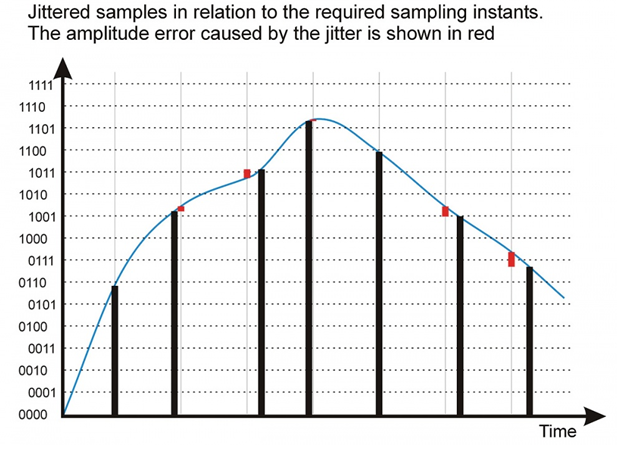
The picture above shows an example of digital jitter. The vertical bars should be spaced evenly along the Time axis for an accurate waveform. Instead, they are at irregular intervals and affect the detail in the sound output. This irregular spacing, or jitter, can be avoided with an asynchronous USB interface or a DAC with an accurate digital clock.
Once the signal is converted to analog, it can be amplified and played through speakers. Learn more about amplification here: Amplification
Digital Audio Connections:
More about cables is discussed here: Cabling
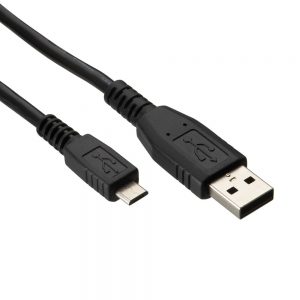
USB cable: This type of connection is mostly used between a computer and an external DAC.
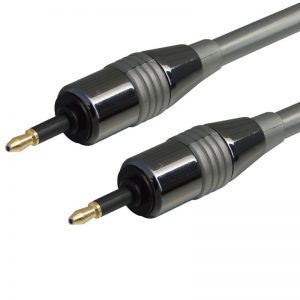
Optical Toslink cable: One of the most common digital connections, optical cables use light pulses to transmit digital data between a source and a DAC. This is commonly found on CD players and network streamers, but can also be found on some portable devices and computers.

Coaxial SPDIF cable: Similar to an RCA cable, a coaxial connection usually accompanies an optical connection between a digital source and DAC. It does the same job as optical.
SITE MAP